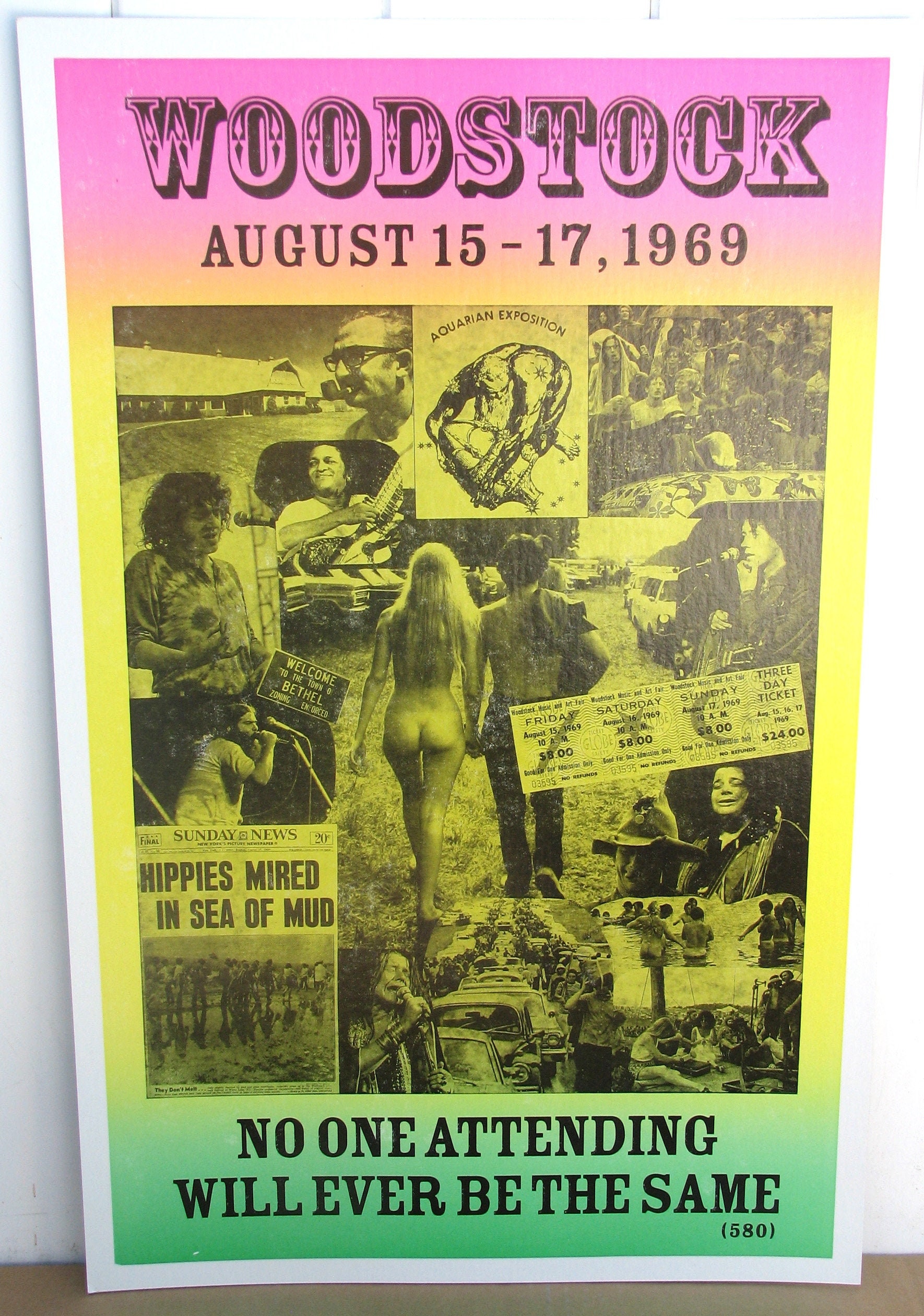Blog
John Lester Nash Jr. (August 19, 1940 – October 6, 2020 Houston, TX) was an American singer and songwriter, best known in the United States for his 1972 hit “I Can See Clearly Now“. Primarily a reggae and pop singer, he was one of the first non-Jamaican artists to record reggae music in Kingston.
more...Fumio Hayasaka (早坂 文雄 Hayasaka Fumio; August 19, 1914 – October 15, 1955) was a Japanese composer of classical music and film score.
Hayasaka was born in the city of Sendai on the main Japanese island of Honshū. In 1918, Hayasaka and his family moved to Sapporo on the northern island of Hokkaidō. In 1933, Hayasaka and Akira Ifukube organized the New Music League, which held a new music festival the year after.
Hayasaka won a number of prizes for his early concert works; in 1935, his piece Futatsu no sanka e no zensōkyoku won first prize in a radio competition, and another concert piece, Kodai no bukyoku, won the 1938 Weingartner Prize. Other early works include a Nocturne (1936) for piano and the orchestral Ancient Dance (1938). In 1939, Hayasaka moved to Tokyo to begin a career as film composer. By early 1940, Hayasaka was seen as “a major composer for Japanese Cinema”.
more...Edward Durham (August 19, 1906 – March 6, 1987 San Marcos, TX) was an American jazz guitarist, trombonist, composer, and arranger. He was one of the pioneers of the electric guitar in jazz. The orchestras of Bennie Moten, Jimmie Lunceford, Count Basie, and Glenn Miller took great benefit from his composing and arranging skill.
With Edgar Battle he composed “Topsy“, which was recorded by Count Basie and became a hit for Benny Goodman.
In 1938, Durham wrote “I Don’t Want to Set the World on Fire” with Bennie Benjamin, Sol Marcus, and Eddie Seiler. During the 1940s, Durham created Eddie Durham’s All-Star Girl Orchestra, an African-American all female swing band that toured the United States and Canada.
more...Peter Edward “Ginger” Baker (19 August 1939 – 6 October 2019) was an English drummer. His work in the 1960s and 1970s earned him the reputation of “rock’s first superstar drummer”, for a style that melded jazz and African rhythms and pioneered both jazz fusion and world music.
Baker gained early fame as a member of Blues Incorporated and the Graham Bond Organisation, both times alongside bassist Jack Bruce, with whom Baker would often clash. In 1966, Baker and Bruce joined guitarist Eric Clapton to form Cream, which achieved worldwide success but lasted only until 1968, in part due to Baker’s and Bruce’s volatile relationship. After working with Clapton in the short-lived band Blind Faith and leading Ginger Baker’s Air Force, Baker spent several years in the 1970s living and recording in Africa, often with Fela Kuti, in pursuit of his long-time interest in African music. Among Baker’s other collaborations are his work with Gary Moore, Masters of Reality, Public Image Ltd, Hawkwind, Atomic Rooster, Bill Laswell, jazz bassist Charlie Haden, jazz guitarist Bill Frisell, and Ginger Baker’s Energy.
Baker’s drumming is regarded for its style, showmanship, and use of two bass drumsinstead of the conventional single one, after the manner of the jazz drummer Louie Bellson. In his early days, he performed lengthy drum solos, most notably in the Cream song “Toad“, one of the earliest recorded examples in rock music. Baker was an inductee of the Rock and Roll Hall of Fame as a member of Cream in 1993, of the Modern Drummer Hall of Fame in 2008, and of the Classic Drummer Hall of Fame in 2016.[5] Baker was noted for his eccentric, often self-destructive lifestyle, and he struggled with heroin addiction for many decades. He was married four times and fathered three children.
more...James George Hunter (August 19, 1918 – May 28, 1996), known professionally as Jimmy Rowles (sometimes spelled Jimmie Rowles), was an American jazz pianist, vocalist, and composer. As a bandleader and accompanist, he explored multiple styles including swing and cool jazz.
Rowles was born in Spokane, Washington, and attended Gonzaga University in that city. After moving to Los Angeles, he joined Lester Young‘s group in 1942. He also worked with Benny Goodman, Woody Herman, Les Brown, Tommy Dorsey, and Tony Bennett, and as a studio musicians.
Rowles was praised as an accompanist by female singers. He recorded Sarah Vaughan with the Jimmy Rowles Quintet with Sarah Vaughan and accompanied Carmen McRae on her 1972 live album The Great American Songbook. McRae described Rowles as “the guy every girl singer in her right mind would like to work with”.
more...A single exposure made with a camera pointed almost due north on August 12 recorded this bright Perseid meteor in the night sky west of Halifax, Nova Scotia, Canada. The meteor’s incandescent trace is fleeting. It appears to cross the stars of the Big Dipper, famous northern asterism and celestial kitchen utensil, while shimmering curtains of aurora borealis, also known as the northern lights, dance in the night. Doubling the wow factor for night skywatchers near the peak of this year’s Perseid meteor shower auroral activity on planet Earth was enhanced by geomagnetic storms. The intense space weather was triggered by flares from an active Sun.

Enoch Henry Light (August 18, 1907 – July 31, 1978 Canton, OH) was an American classically trained violinist, danceband leader, and recording engineer. As the leader of various dance bands that recorded as early as March 1927 and continuing through at least 1940, Light and his band primarily worked in various hotels in New York. For a time in 1928 he also led a band in Paris. In the 1930s Light also studied conducting with the French conductor Maurice Frigara in Paris.
Throughout the 1930s, Light and his outfits were steadily employed in the generally more upscale hotel restaurants and ballrooms in New York that catered to providing polite ambiance for dining and functional dance music of current popular songs rather than out-and-out jazz.
At some point his band was tagged The Light Brigade and they often broadcast over radio live from the Hotel Taft in New York, where they had a long residency. Through 1940, Light and his band recorded for various labels including Brunswick, ARC, Vocalion and Bluebird. In 1955, Light founded Grand Award Records and served as president and A&R chief. In 1959 he founded a subsidiary label, Command Records. Grand Award and its subsidiary labels were sold to ABC-Paramount Records in October 1959. Light’s name was prominent on many albums both as musician and producer.
more...Antonio Salieri (18 August 1750 – 7 May 1825) was an Italian composer and teacher of the classical period. He was born in Legnago, south of Verona, in the Republic of Venice, and spent his adult life and career as a subject of the Habsburg monarchy.
Salieri was a pivotal figure in the development of late 18th-century opera. As a student of Florian Leopold Gassmann, and a protégé of Christoph Willibald Gluck, Salieri was a cosmopolitan composer who wrote operas in three languages. Salieri helped to develop and shape many of the features of operatic compositional vocabulary, and his music was a powerful influence on contemporary composers.
Appointed the director of the Italian opera by the Habsburg court, a post he held from 1774 until 1792, Salieri dominated Italian-language opera in Vienna. During his career, he also spent time writing works for opera houses in Paris, Rome, and Venice, and his dramatic works were widely performed throughout Europe during his lifetime. As the Austrian imperial Kapellmeisterfrom 1788 to 1824, he was responsible for music at the court chapel and attached school. Even as his works dropped from performance, and he wrote no new operas after 1804, he still remained one of the most important and sought-after teachers of his generation, and his influence was felt in every aspect of Vienna’s musical life. Franz Liszt, Franz Schubert, Ludwig van Beethoven, Anton Eberl, Johann Nepomuk Hummel and Franz Xaver Wolfgang Mozart were among the most famous of his pupils.
Salieri’s music slowly disappeared from the repertoire between 1800 and 1868 and was rarely heard after that period until the revival of his fame in the late 20th century. This revival was due to the fictionalized depiction of Salieri in Peter Shaffer‘s play Amadeus (1979) and its 1984 film version. The death of Wolfgang Amadeus Mozart in 1791 at the age of 35 was followed by rumors that he and Salieri had been bitter rivals, and that Salieri had poisoned the younger composer; however, this has been proven untrue because the symptoms displayed by Mozart’s illness did not indicate poisoning and it is likely that they were, at least, mutually respectful peers. Despite denying the allegation, Salieri was greatly affected by the accusations and widespread public belief that he had contributed to Mozart’s death, which contributed to his nervous breakdowns in later life.
more...An international team of astronomers have used the NASA/ESA/CSA James Webb Space Telescope to discover gravitationally bound star clusters when the Universe was 460 million years old. 13bly. This is the first discovery of star clusters in an infant galaxy less than 500 million years after the Big bang. Young galaxies in the early Universe underwent significant burst phases of star formation, generating substantial amounts of ionising radiation. However, because of their cosmological distances, direct studies of their stellar content have proven challenging. Using Webb, an international team of astronomers have now detected five young massive star clusters in the Cosmic Gems arc (SPT0615-JD1), a strongly-lensed galaxy emitting light when the Universe was roughly 460 million years old, looking back across 97% of cosmic time. The Cosmic Gems arc was initially discovered in NASA/ESA Hubble Space Telescope images obtained by the RELICS (Reionization Lensing Cluster Survey) programme of the lensing galaxy cluster SPT-CL J0615−5746. With Webb, the science team can now see where stars formed and how they are distributed, in a similar way to how the Hubble Space Telescope is used to study local galaxies. Webb’s view provides a unique opportunity to study star formation and the inner workings of infant galaxies at such an unprecedented distance. [Image description: A field of galaxies on the black background of space. In the middle is a collection of dozens of yellowish galaxies that form a foreground galaxy cluster. Among them are distorted linear features, which mostly appear to follow invisible concentric circles curving around the centre of the image. The linear features are created when the light of a background galaxy is bent and magnified through gravitational lensing. A variety of brightly coloured, red and blue galaxies of various shapes are scattered across the image, making it feel densely populated.

Luther Sylvester Allison (August 17, 1939 – August 12, 1997) was an Americanblues singer-songwriter and guitarist. He was born in Widener, Arkansas, although some accounts suggest his actual place of birth was Mayflower, Arkansas. Allison was interested in music as a child and during the late 1940s he toured in a family gospel group called The Southern Travellers. He moved with his family to Chicago in 1951and attended Farragut High School where he was classmates with Muddy Waters‘ son. He taught himself guitar and began listening to blues extensively. Three years later he dropped out of school and began hanging around outside blues nightclubs with the hopes of being invited to perform. Allison played with the bands of Howlin’ Wolfand Freddie King, taking over King’s band when King toured nationally. He worked with Jimmy Dawkins, Magic Sam and Otis Rush, and also backed James Cotton. Chicago Reader has called him “the Jimi Hendrix of blues guitar”.
more...Floyd Westerman (August 17, 1936 – December 13, 2007) was a Sisseton Dakotamusician, political activist, and actor. After establishing a career as a country music singer, later in his life he became an actor, usually depicting Native American elders in American films and television. He is also credited as
Floyd Red Crow Westerman.As a political activist, he spoke and marched for Native American causes.
He was born Floyd Westerman on the Lake Traverse Indian Reservation, home of the Sisseton Wahpeton Oyate, a federally recognized tribe that is one of the sub-tribes of the Eastern Dakota section of the Great Sioux Nation, located in the U.S. state of South Dakota. His Indigenous name Kanghi Duta means “Red Crow” in the Dakota language (which is one of the three related Siouan languages of the Great Plains).
more...Columbus Calvin “Duke” Pearson Jr. (August 17, 1932 – August 4, 1980) was an American jazz pianist and composer. Allmusic describes him as having a “big part in shaping the Blue Note label’s hard bop direction in the 1960s as a record producer.” Pearson was born Columbus Calvin Pearson Jr. in Atlanta, Georgia, to Columbus Calvin and Emily Pearson. The moniker “Duke” was given to him by his uncle, who was a great admirer of Duke Ellington. Pearson performed with different ensembles in Georgia and Florida, including with Tab Smith and Little Willie John, before he moved to New York City in January 1959. He had, however, been able to get at least one song, “Tribute to Brownie” (dedicated to Clifford Brown), recorded by the Cannonball Adderley Quintet on their 1957 album, Sophisticated Swing. In New York, Pearson gained the attention of the trumpeter Donald Byrd, who saw Pearson performing with the Art Farmer/Benny Golson Sextet (known as the Jazztet). Shortly afterwards, Byrd asked Pearson to join his newly formed band, the Donald Byrd–Pepper Adams Quintet. Pearson was also the accompanist for Nancy Wilson on tour in 1961. During that same year, Pearson became ill before a Byrd-Adams show, and a newcomer, Herbie Hancock, took over for him. Hancock eventually took over the position permanently.
He was diagnosed with multiple sclerosis in the 1970s, from which he died in 1980 at Atlanta Veterans Hospital.
more...Ike Abrams Quebec (August 17, 1918 – January 16, 1963) was an American jazz tenor saxophonist. He began his career in the big band era of the 1940s, then fell from prominence for a time until launching a comeback in the years before his death.
Critic Alex Henderson wrote, “Though he was never an innovator, Quebec had a big, breathy sound that was distinctive and easily recognizable, and he was quite consistent when it came to down-home blues, sexy ballads, and up-tempo aggression.”
Quebec was born in Newark, New Jersey, United States. An accomplished dancer and pianist, he switched to tenor sax as his primary instrument in his early twenties, and quickly earned a reputation as a promising player. His recording career started in 1940, with the Barons of Rhythm.
Later on, he recorded or performed with Frankie Newton, Hot Lips Page, Roy Eldridge, Trummy Young, Ella Fitzgerald, Benny Carter and Coleman Hawkins. Between 1944 and 1951, he worked intermittently with Cab Calloway. He began to record for the Blue Note label in this era, and served as a talent scout (helping pianists Thelonious Monk and Bud Powell come to wider attention). Due to his exceptional sight reading skills, Quebec was also an uncredited impromptu arranger for many Blue Note sessions. Quebec’s comeback was short-lived; it was ended by his death in January 1963, at the age of 44 from lung cancer. He is buried at Woodland Cemetery, Newark, New Jersey.
more...More Posts
- Daily Roots with Israel Vibration
- The Cosmos with NGC 1187
- Reggie Workman Day
- Big Bill Broonzy Day
- World Music with Very Be Careful
- Daily Roots with Uwe Banton
- The Cosmos with M20
- Joe Chambers Day
- Clifton Chenier Day
- Johnny Smith Day
- World Music with Haig Yazdjian
- Daily Roots with Peter Tosh
- Your Community Band 6-24-18 2pm
- The Cosmos with NGC 7098
- Jeff Beck Day
- Lester Williams Day
- Terry Riley Day
- World Music with George Abdo
- Daily Roots with Damian Marley and Nas
- Geoffrey Oryema Ugandan musician Passes

